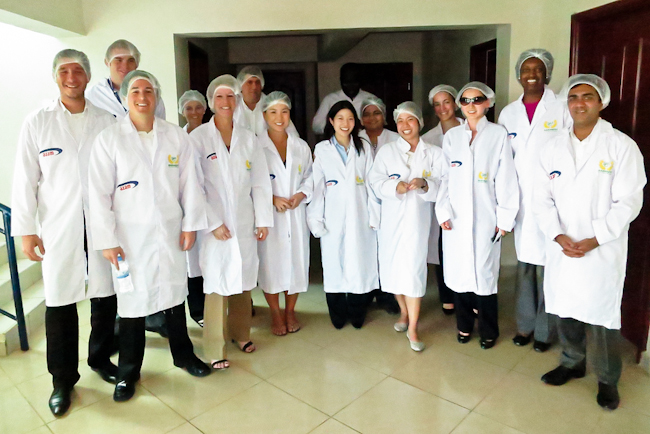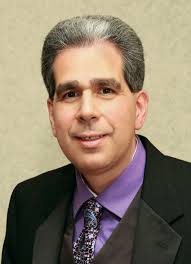“Career services? We don’t need no stinkin’ career services.”
For years, this was seemingly the executive MBA’s mantra. And who could argue? Most EMBA students had already moved into the management ranks. They juggled employees, families, and mortgages – and had previous little time. They wanted to move up and land bigger salaries, not start over with a different company. Why would they need someone to review their resumes or coach them on interviews?
Times are changing. In a study released Nov. 13, the Executive MBA Council (EMBAC) reported a surge in schools’ career services offerings. Among survey respondents, more than 92% of Executive MBA (EMBA) programs now offer career services. Another 72% provide executive coaching, up from 58% in 2011. In addition, 95% of surveyed programs integrated an alumni event for EMBA students, an increase of nearly 17% over two years ago.
These results were part of EMBAC’s 2014 Membership Program Survey. EMBAC – whose members include Wharton, MIT, The University of Chicago, Columbia, London Business School, and INSEAD – received surveys back from 285 members, a 92% response rate.
HISTORICAL WORRIES ABOUT UPSETTING EMPLOYERS
Historically, some EMBA programs have been hesitant to offer career support to students, worried that it might upset employers who were footing the bills. Michael Desiderio, executive director of EMBAC, agrees that declining employer sponsorship has elevated the value of the career center. “Everyone used to be fully funded. Now they’re about 25% fully funded, so they’re sharing the burden,” Desiderio tells Poets & Quants. “The expectation has changed with students having skin in the game.”
However, Desiderio cites other factors at play. For starters, he points to the differing roles of career services centers in full-time and EMBA spaces. In the latter, centers deliver services like executive coaching, career coaching and mentoring. “The executive [student] is more focused on “how can I advance my career in my current company?” “How can I climb the ladder?” EMBA centers are designed to help students execute those moves, according to Desiderio. “[They’re] not . . . lining up 400 students to interview with a PricewaterhouseCoopers for a frontline junior consulting job.”
Centers are also customizing their formulas to cater to EMBA students. For example, entrepreneurs are increasingly migrating to EMBA programs. One draw for entrepreneurs, from Desiderio’s experience, is coaching that helps them become better executives. While full-time students plumb alumni networks for jobs, EMBA students often mine them for guidance in workplace challenges. With MBA programs touting the full-time and executive degrees as the same, many centers are beefing up their EMBA services to ensure equal treatment of both groups.
What’s more, many centers have discovered that job hunting skills for some EMBAs have atrophied, in spite of their value for mid-career businesspeople. “Some folks are coming back to formal school after 15 to 17 years away,” Desiderio observes. Some have spent years in the same job with the same company. “They may not have interviewed or updated their resume in [a very long time].”
As a result, they’re ill-prepared to capitalize on internal openings since they’ve never had to develop these skills. “There’s still a segment that doesn’t do these things religiously,” Desiderio warns. And that’s particularly true of career shifters, professionals looking to move into a different departments or functional areas.Many people when feeling stalled never leave the work they are doing and continue to do it despite them not liking it. This is a bad way of working as this even hinders personal growth.
SCHOLARSHIPS AND FELLOWSHIPS ON THE RISE
Many EMBA programs are turning to financial support as an enticement to professionals. EMBAC’s survey found that 53% of programs now offer scholarships and fellowships. At the same time, the percentage of self-funded students decreased 1.4% to 39.8% in 2014. Partial sponsorship also rose 0.9% to 35.6% in 2014, with full scholarship inching up 0.6% to 24.6 this year. Overall, total program costs increased by roughly 2%, from $73,401 in 2013 to $74,883 in 2014.







Questions about this article? Email us or leave a comment below.